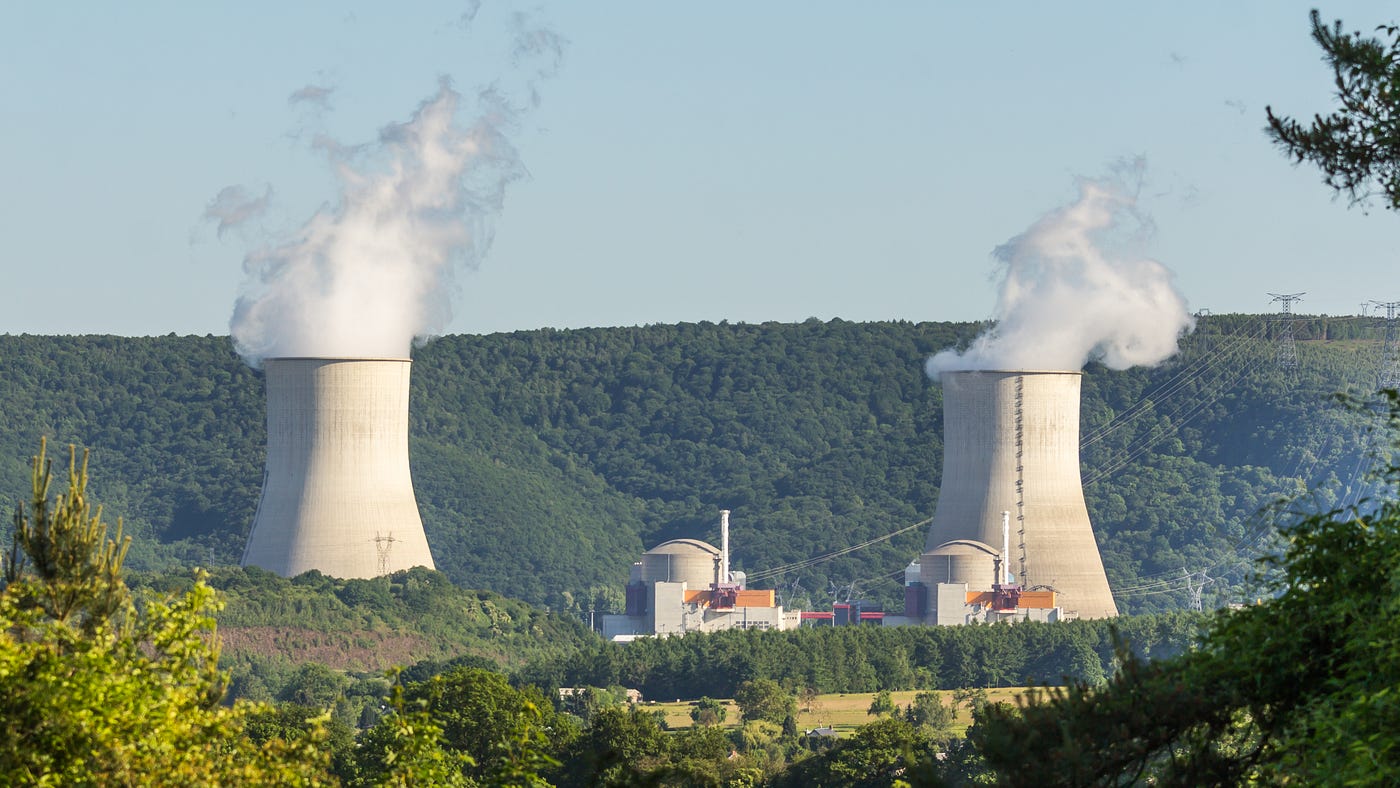Nuclear energy in west coast of usa plays a significant role in the region’s energy production, although it is not as dominant as in other parts of the country due to a mix of renewable and non-renewable energy sources. Let’s break this down by several key aspects
Current Nuclear Energy Production on the West Coast
The West Coast includes the states of California, Oregon, and Washington. Currently, only California and Washington have operating nuclear power plants. Oregon has decommissioned its sole plant.
Total Nuclear Power Generated in West Coast
- The combined capacity from operating plants in California and Washington totals around 2.3 gigawatts (GW).
- These plants provide approximately 4-7% of the electricity needs of their respective states.
California nuclear energy generation
- Diablo Canyon Power Plant:
- Location: Avila Beach, San Luis Obispo County.
- Capacity: Around 2.24 GW from two reactors.
- Percentage of State’s Electricity: Supplies around 9-10% of California’s total electricity generation.
- Future Plans: Diablo Canyon is scheduled to continue operations until 2030 after the state extended its life due to concerns over grid reliability.
Washington nuclear energy generation:
- Columbia Generating Station:
- Location: Near Richland, Washington.
- Capacity: 1.2 GW.
- Percentage of State’s Electricity: Accounts for about 10% of Washington’s electricity generation.
- Future Plans: No plans for new nuclear plants, but Columbia will continue operations.
Oregon nuclear energy generation:
- Oregon had the Trojan Nuclear Power Plant, which was shut down in 1992. Currently, there are no active nuclear power plants in Oregon.
Percentage of needs covered by nuclear plants
- California: Nuclear energy currently provides around 9-10% of the state’s electricity from Diablo Canyon.
- Washington: Columbia Generating Station provides about 10% of the state’s power.
When combined, nuclear power on the West Coast is not a major part of the total energy mix but serves as an important baseload power source, particularly as the region transitions to more renewable energy sources like wind and solar.
Plans for Future Development of nuclear energy in West Coast
The future of nuclear power on the West Coast is largely tied to decarbonization goals and concerns over grid reliability:
- Diablo Canyon in California will continue to operate until at least 2030. Some discussions are ongoing about possible small modular reactors (SMRs), but no specific plans have been formalized.
- In Washington, there are no plans to decommission the Columbia Generating Station, but there are ongoing discussions about using advanced nuclear technologies like SMRs to supplement power generation in the future.
- Oregon is not actively pursuing nuclear energy development at this time.
Challenges and Considerations in nuclear energy in West Coast
The West Coast is heavily investing in renewable energy sources (solar, wind, hydro), making nuclear expansion unlikely in the short term. However, there is a renewed interest in small modular reactors (SMRs) and advanced nuclear technology as potential carbon-free options to maintain grid stability alongside renewable energy. This interest is still in the planning and exploratory stages, with no specific plants or timelines announced yeti.
